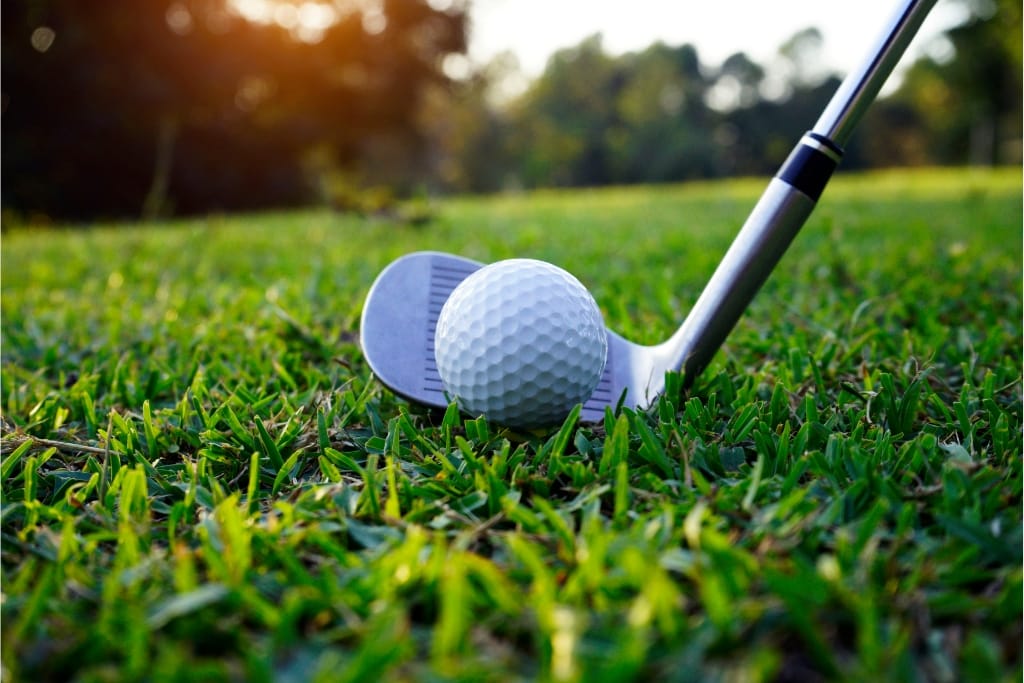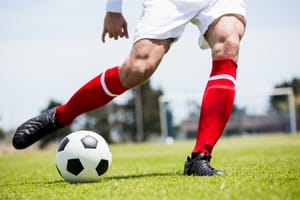Golf is a highly technical sport that requires a keen understanding of body mechanics and intricate muscle coordination.
With the swings, bends, and twists involved in this game, golfers are highly susceptible to injuries.
That's where physical therapy comes in. Physical therapy plays a crucial role in not only rehabilitating injured players but also in preventing injuries and enhancing performance.
In this article, we'll share five game-changing physical therapy tips for golfers to achieve their peak performance and remain injury-free on the green.
1)) Warm-Up Before Every Round
A proper warm-up is essential before any sporting activity, and golf is no exception.
Spending just 10-15 minutes on a dynamic warm-up can significantly reduce the risk of injuries and improve your golf swing.
Begin with gentle stretches to warm up your shoulder, hip, back, and neck muscles, then proceed to customized golf-specific warm-up exercises that target your ankles, knees, hips, spine, and shoulders.
The best way to warm up your entire body is by taking a brisk walk, which could be performed on a treadmill, or riding a stationary bike for 5 to 10 minutes.
These activities will not only prepare your body for the game but also improve your mobility, flexibility, and strength, leading to better club control and ball striking.
2)) Strengthen Your Core Muscles
A strong core is the foundation of a powerful golf swing. Core stability and strength will encourage proper body alignment and balance, enabling you to harness maximum power from your swing.
Physical therapy exercises that focus on strengthening the core muscles, which include the abdominals, lower back, hips, and glutes, are crucial for golfers.
Some effective core exercises are planks, bridges, and bird dogs.
You should consider investing in abdominal exercise equipment which will strengthen your core muscles even faster.
Working with a physical therapist who understands the unique demands of golf will help create a personalized core-strengthening program that targets your specific needs.
3)) Improve Flexibility
Flexibility is critical for a fluid and efficient golf swing. Poor flexibility may lead to a restricted range of motion, resulting in an inconsistent swing and decreased power generation.
To avoid this, it's essential to work on improving flexibility in the hips, spine, and shoulders.
Gentle stretches and yoga poses, such as the child and pigeon poses, offer excellent ways to increase flexibility.
Similar to strengthening your core muscles, investing in stretch equipment will accelerate your flexibility efforts.
Consider working with a physical therapist to create a customized stretching routine that targets your specific needs and restrictions.
4)) Balance Training
Many golfers overlook the importance of balance in their game, although it is integral to a stable and powerful swing.
Balance exercises should be a vital part of every golfer's physical therapy routine.
Incorporate single-leg exercises such as standing on one leg, reaching out in various directions, or performing standing hip abduction without any support.
Challenge your balance further by switching to unstable surfaces or practicing on balance trainers such as the BOSU ball.
These activities will lead to better stability during the golf swing, creating more powerful and controlled shots.
In addition to strengthening your muscles, and improving your flexibility and balance, you should also consider doing some resistance training 3 or 4 times per week.
You could easily order a home gym online and have it delivered to your doorstep.
Some sellers even offer to send a professional to assemble their fitness equipment so that you don't have to spend time trying to figure it out on your own.
5)) Address Underlying Physical Limitations
A vital part of physical therapy for golfers is identifying and addressing any underlying issues that might hamper their ability to play golf.
This could be anything from muscle imbalances to tightness in specific areas that restrict movement.
A physical therapist will perform a detailed assessment to identify these limitations, and then design a personalized program that includes specific exercises and stretches to help eliminate these hindrances.
This will not only help prevent injuries but also improve your overall skill, allowing you to reach your golfing potential.
Conclusion
Golf is a game that demands both mental and physical abilities.
Incorporating physical therapy exercises into your routine will help you stay injury-free, improve your performance on the course, and derive more enjoyment from the game.
By following the five physical therapy tips shared in this article, you'll be well on your way to achieving that powerful, flexible, and stable swing that every golfer dreams of.
So, don't wait!
Start adding these valuable exercises to your golfing routine, and experience the difference they can make in your game.
Download Our Free E-book!








